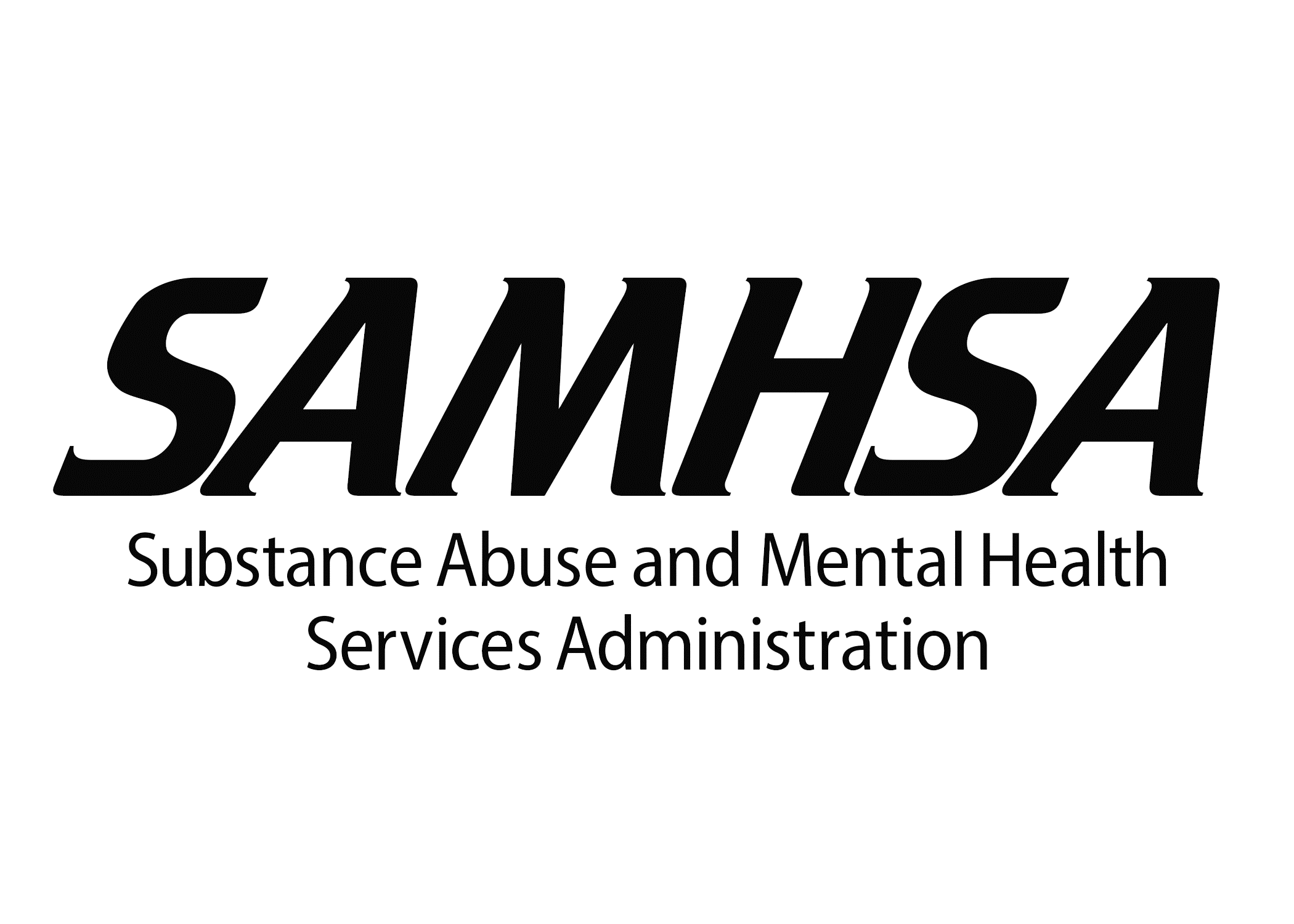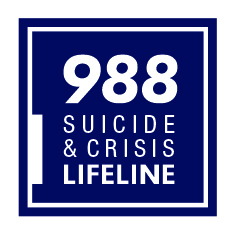State/Territory: C State/Territory: Cohort 2 Required Data
988 Cooperative Agreements Monitoring Program
SAMHSA 988 State Territory Grant (Cohort 2) - required data-(FINAL)
State and Territory Cooperative Agreements
OMB: 0930-0394


SAMHSA 988 State & Territory Grant Program
Project Period: MM-DD-YY TO MM-DD-YY
Required Data – Reported Quarterly
SPARS reporting requirements
You are required to collect and report on the following Infrastructure, Prevention, and Promotion (IPP) indicators:
WD2 (Workforce Development): The number of people in the mental-health and related workforce trained in mental-health-related practices or activities consistent with the goals of the grant.
Definition for this grant program: Crisis center staff + other individuals trained through the grant. Please make sure to break these out in the description in SPARS.
For those who have both cohort 1 and cohort 2 grants, you cannot have duplicative count of individuals. You may choose to do half of the total number for each grant or discuss with your GPO about a % based on direct service funding amounts coming from each award.
AW1 (Awareness): The number of individuals exposed to mental health awareness messages.
Definition for this grant program: As described in the indicator definition above. This must be aligned with your communications plan.
S3 (Screening): The number of individuals screened for suicide ideation as a result of the grant.
Definition for this grant program: Total number of calls, chats, and texts answered locally as reported in the broad state metric report from the 988 Network Administrator.
For those who have both cohort 1 and cohort 2 grants, you cannot have duplicative count of individuals. You may choose to do half of the total number for each grant or discuss with your GPO about a % based on direct service funding amounts coming from each award.
R1 (Referral): The number of individuals referred to mental health services as a result of the grant.
Definition for this grant program: The total number of individuals who have been referred to mental health, emergency response, or related services at the time of crisis center contact broken out by calls, chats, and texts. Your denominator will be the total number of individuals screened (S3).
For those who have both cohort 1 and cohort 2 grants, you cannot have duplicative count of individuals. You may choose to do half of the total number for each grant or discuss with your grantee about a % based on direct service funding amounts coming from each award.
AC1 (Access): The number and percentage of individuals receiving mental health or related services after referral.
Definition for this grant program: The total number of individuals who have been referred and receiving mental health or related services broken out by calls, chats, and texts. Your denominator will be the total number of individuals referred (R1).
For those who have both cohort 1 and cohort 2 grants, you cannot have duplicative count of individuals. You may choose to do half of the total number for each grant or discuss with your GPO about a % based on direct service funding amounts coming from each award.
T7 (Types/Targets of Practices): The number of individuals who died by suicide.
Definition for this grant program: As described in the indicator definition above. This must be aligned with the sentinel event policy required activity.
T8 (Types/Targets of Practices): The number of individuals who attempted suicide.
Definition for this grant program: As described in the indicator definition above. This must be aligned with the sentinel event policy required activity.
This information will be gathered using a uniform data collection tool provided by SAMHSA. Recipients are required to submit data via SAMHSA’s Performance Accountability and Reporting System (SPARS); and access will be provided upon award. Additional information about SPARS can be found on the SPARS website HERE. Data will be collected and reported quarterly in SPARS.
We will be providing a training on these measures and how to input data into the system early after award as well as a SPARS Indicator Cheat Sheet with examples and additional information.
988 call, chat, and text response data (“PPA” – project performance assessment)
You are required to collect data regarding all 988 calls, chats, and text interactions that:
Include suicide attempts in progress.
Result in emergency rescue – with law enforcement
Result in emergency rescue – without law enforcement
By ‘without law enforcement,’ we mean not just MCOT but also EMS or other models of emergency rescue that you use in your state or territory. You will include information about what this means in your state or territory in the quarterly progress report.
Result in mobile crisis outreach referrals.
Identify individuals in substance use crisis.
You will also need to attempt to collect the following demographic data on individuals who are served through 988, including through the specified interactions above.
Race
Ethnicity
Age
Gender identity
Sexual orientation
Military service status
Provision of demographic information is not a requirement for eligibility or receipt of 988 services. These data will be collected monthly and reported in aggregate as part of the quarterly report. You will receive a template for this report.
State/territory-level KPI data from 988 Network Administrator
We will review the following data from the 988 Network Administrator (Vibrant Emotional Health) during our monthly calls. You must also include these data in your quarterly report.
Key Performance Indicators |
Definition |
Target |
Calls, Chats, Texts Received |
Total number of contacts received |
n/a |
Calls, Chats, Texts Answered |
Total number of contacts answered |
Greater than 90% |
Phone, Chat, Text Average Speed to Answer |
Speed to answer contact |
Of contacts answered, 95% answered in 20 seconds, 90% answered in 15 seconds (network target) |
Abandonment Rate |
Percentage of contacts received vs disconnected prior to answer |
Less than 5% |
Direct/Rollover calls to Backup Centers |
Total number of phone contacts sent to the Lifeline Centers |
Less than 10% |
| File Type | application/vnd.openxmlformats-officedocument.wordprocessingml.document |
| Author | Booth, Chelsea (SAMHSA/OAS) |
| File Modified | 0000-00-00 |
| File Created | 2023-12-16 |
© 2025 OMB.report | Privacy Policy